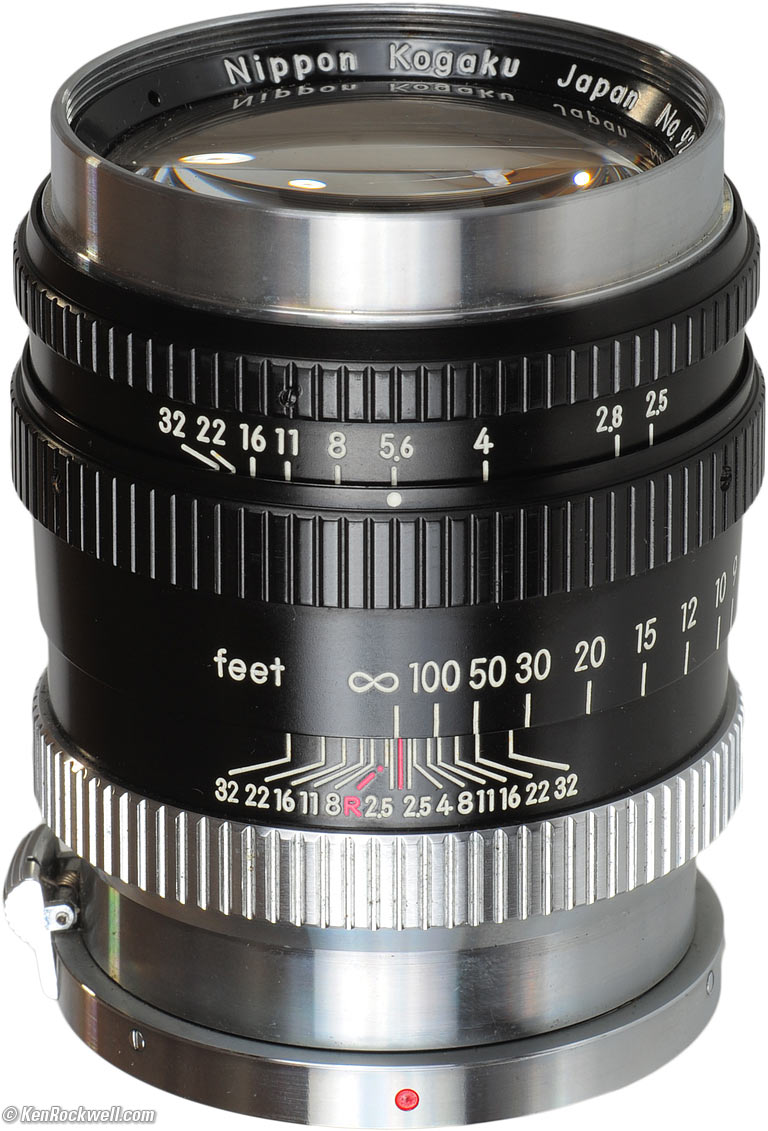

Part of what's pushing this is the move to 60MP. It also means there's no real delay to just jumping into live view to shoot.Īnd yet, while Leica has done a lot to make the M11 a great platform for M lenses, the other work its done may have chipped away at another leg on which the M legend stands: the classic rangefinder shooting experience. The M11's shutter sits open most of the time, allowing more sophisticated light metering, straight off the sensor. In terms of what's promised, the M11 should be the best digital camera that M lenses can be mounted on. The thinness of the filter again reduces the risk of shallow-angle light rays being reflected or refracted too far as they pass through. On top of this, Leica's super-thin cemented two-layer filter promises to provide precise UV/IR filtering, even with low-angle light rays. This puts the light-sensitive part of each pixel closer to the front of the sensor, improving the angles from which the sensor can accept incoming light, which takes some pressure off the microlenses, as the light doesn't need to be channeled down into the sensor to the same degree.

The first is the adoption of a BSI CMOS sensor for the first time in the M range. The M11 makes two significant steps further in this regard. This is a particular challenge for lenses that mount very close to the sensor, especially when some of these optics were designed with film in mind. Right back to the earliest digital M, Leica has adopted offset microlenses, to ensure that the pixels near the edge of the sensor can cope with light rays approaching the sensor at a very shallow angle. With the M11, Leica appears to have spent a lot of time trying to address the M's greatest photographic requirement: to create the best possible platform for its other brand-defining products: the M-mount lens range. The M11's BSI sensor and thin IR/UV filter promise to make it the best digital platform for M-mount glass both new and old. Not only would the older model be devalued, but the very idea of paying so much for an M would be damaged if they were frequently, overtly rendered obsolete.īut Leica appears to recognize that the best way of maintaining its brands' status is to commit to the photographic capabilities of its cameras. If Leica were to constantly introduce cameras that made existing users feel they had to upgrade, it would undermine the idea that an M is a long-term purchase. It would perhaps even be unhelpful to be a dramatic a departure from its predecessor. This doesn't mean they're not good cameras, but it takes pressure off the need to make each model overwhelmingly more capable than the one that precedes it. To a degree this means their performance as cameras isn't as critical to their appeal as might otherwise be the case. It's not exactly a searing insight to point out that the M cameras are luxury goods, perhaps even Veblen goods, where the very price and exclusivity is part of what makes them desirable. The Leica M11 is a fascinating attempt to resolve these tensions, but one that I believe ends up drawing attention to them. How do you design a camera when its performance as a camera is arguably incidental to its appeal? And how do you manage your relationship with the latest technology when one of your products' selling points is history and a shooting experience untouched by time?


 0 kommentar(er)
0 kommentar(er)
